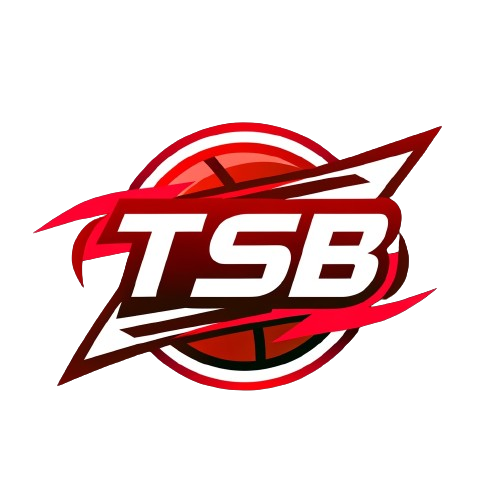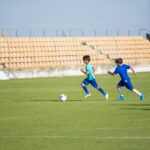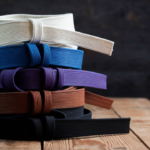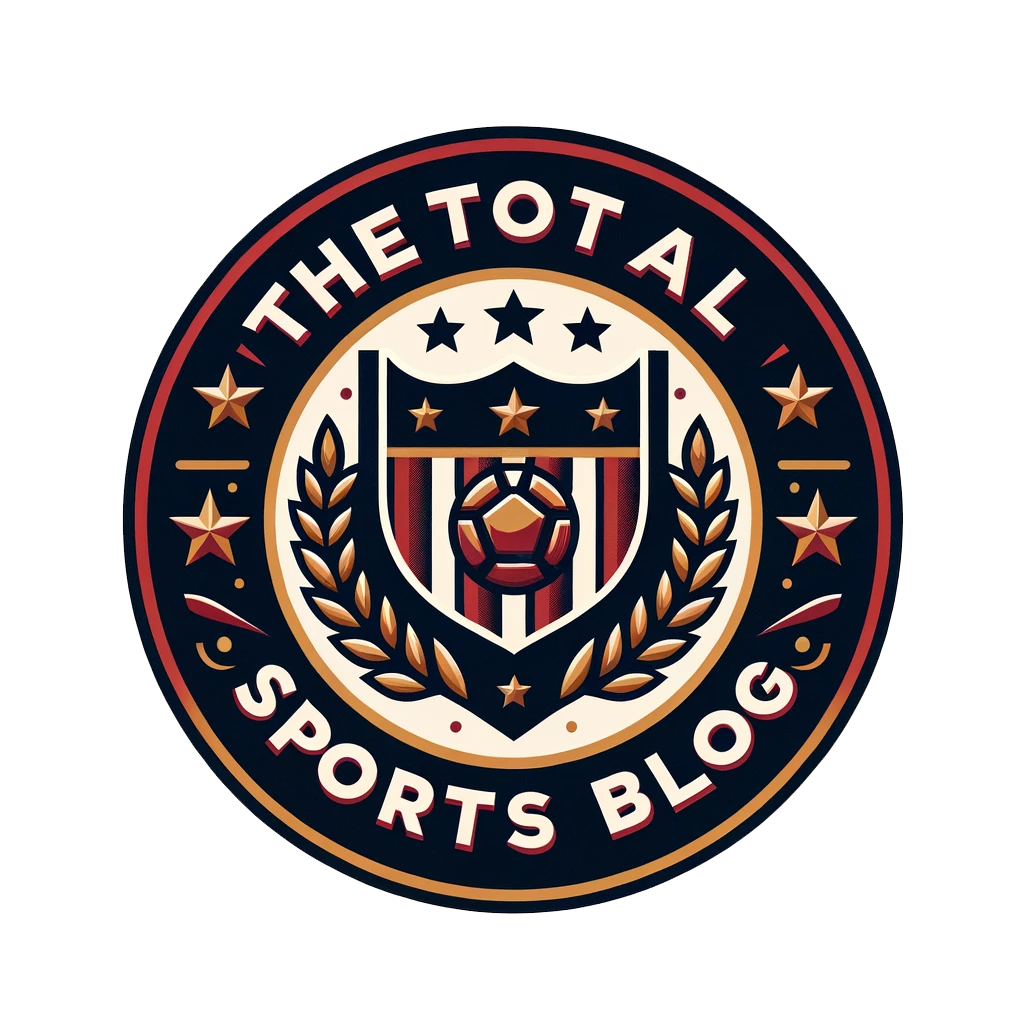Flight of the Conchords poked fun at their home country of New Zealand because of it’s relative obscurity. Always getting trumped by Australia, advertising big rocks, and boasting 4 TV channels are all Kiwi nuances according to the comedy duo. After I returned from a month-long stay in the south island, I got several people asking if English was the primary language (it is) and some who flat out forgot the name of the country. So the humor is not unfounded. The country is extremely small, and you only need to drive about 20 minutes in any direction to find a herd of sheep. But, a lot like the facile notions of American fatness and boorishness, all anybody needs to do is see a culture for themselves to find out that there is much more than meets the eye.
- Advertisement -
Nowadays, New Zealand society is infused with substantial Maori influence. Like U.S. Native American tribes, the Maori have been the indigenous peoples in New Zealand for the entirety of recorded history. And, like the Apache tribe in the American southwest, the Maori have a past as a warrior culture. Historically, the Maori fought proudly to keep rights to their homeland in the face of European aggression. Now, the warrior aspect of their culture has taken hold of the New Zealand rugby identity. Today, a huddle of pure black jerseys has the power to turn the stomachs of any team across the pitch. To a pragmatic person that might be because of the “All Blacks” fast-paced, speed-heavy style of play. But most people probably find it impossible to look past the war-call: hands slap thighs, tongues and faces contort, and a single rugby team begins to fill the stadium with a collective roar. This is the Haka.https://web.archive.org/web/20170324133125if_/http://www.youtube.com/embed/yiKFYTFJ_kw?version=3&rel=1&fs=1&autohide=2&showsearch=0&showinfo=1&iv_load_policy=1&wmode=transparent
By far the most famous routine is the “Ka Mate, Ka Mate” variation done by the All Blacks before each match. That translates roughly from Maori to: “It is death! It is death!” Ka Mate, Ka Mate is the work of Ngati Toa war chieftain Te Rauparaha (early 19th century), which is a fitting source when you consider the force with which rugby players get hit every game. It really is war. Just watch highlights of the “Samoan Bulldozer” Alesana Tuilagi to see for yourself.
- Advertisement -
Is the Haka purely ceremonial? It is so easy to say it is. But imagining yourself across the field from a war-cry like that makes it difficult to assuage all doubt in your mind. After all, the All Blacks must be on to something since they have the most Rugby World Cup titles of any team in Rugby union. The most recent of which they won this year.
Owing to the awe-inspiring form of pre-game celebration that the All Blacks’ Haka has become, other island nations have taken to performing dance-infused declarations of war before their matches as well. Tonga’s Sipi Tau, for instance, can be just as daunting, but is intrinsically Tongan. Likewise, it is tempting to label the Siva Tau a “Samoan Haka”, but the dance is a cultural reflection and is entirely Samoan. In footage of different pre-match routines you can see earmarks of a team’s national identity: Samoans have tatau on their thighs, New Zealanders have Ta Moko on their arms.
- Advertisement -
The utility of the Haka is not limited to combative situations, either. Variations can fit circumstances ranging from victory, war, mourning, and welcome greetings. New Zealand’s Palmerston North Boys High School gave the world the clearest example this last summer when the entire student body gathered for a monumental Haka among a funeral procession to mourn a dearly departed teacher. Though Palmerston North has a significant Maori population, the Haka has been adopted in many such regions as a unifying tradition.







